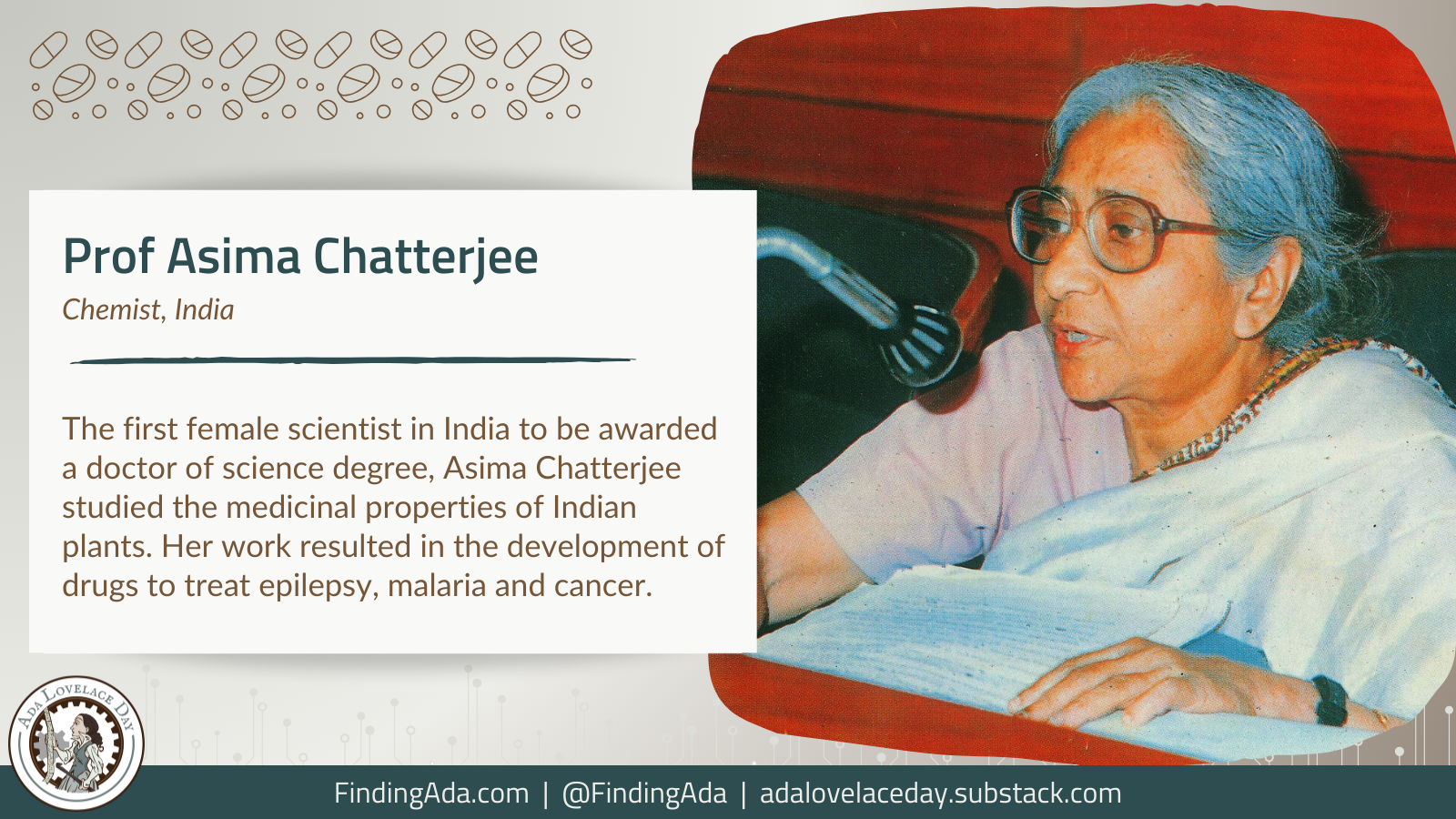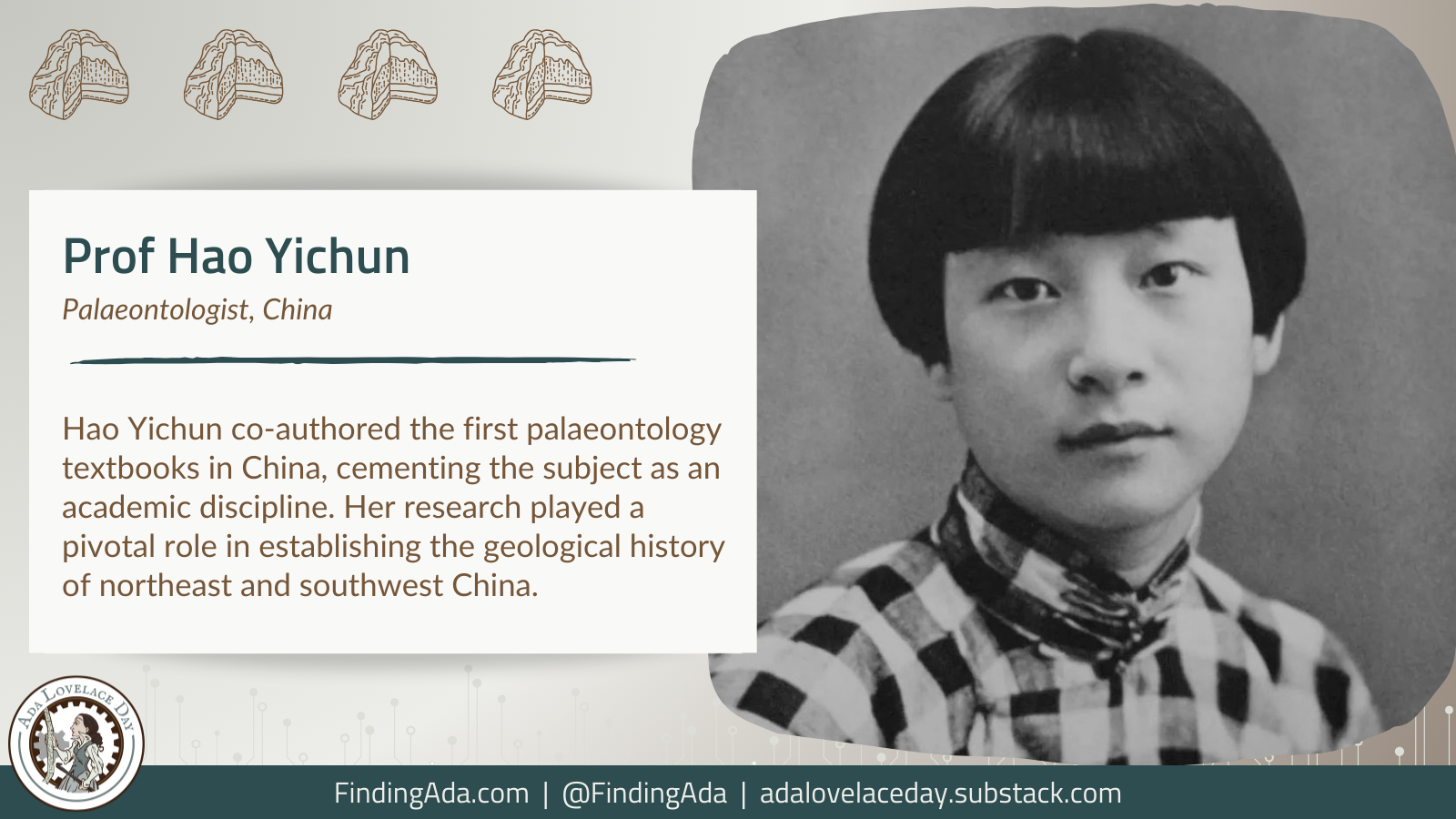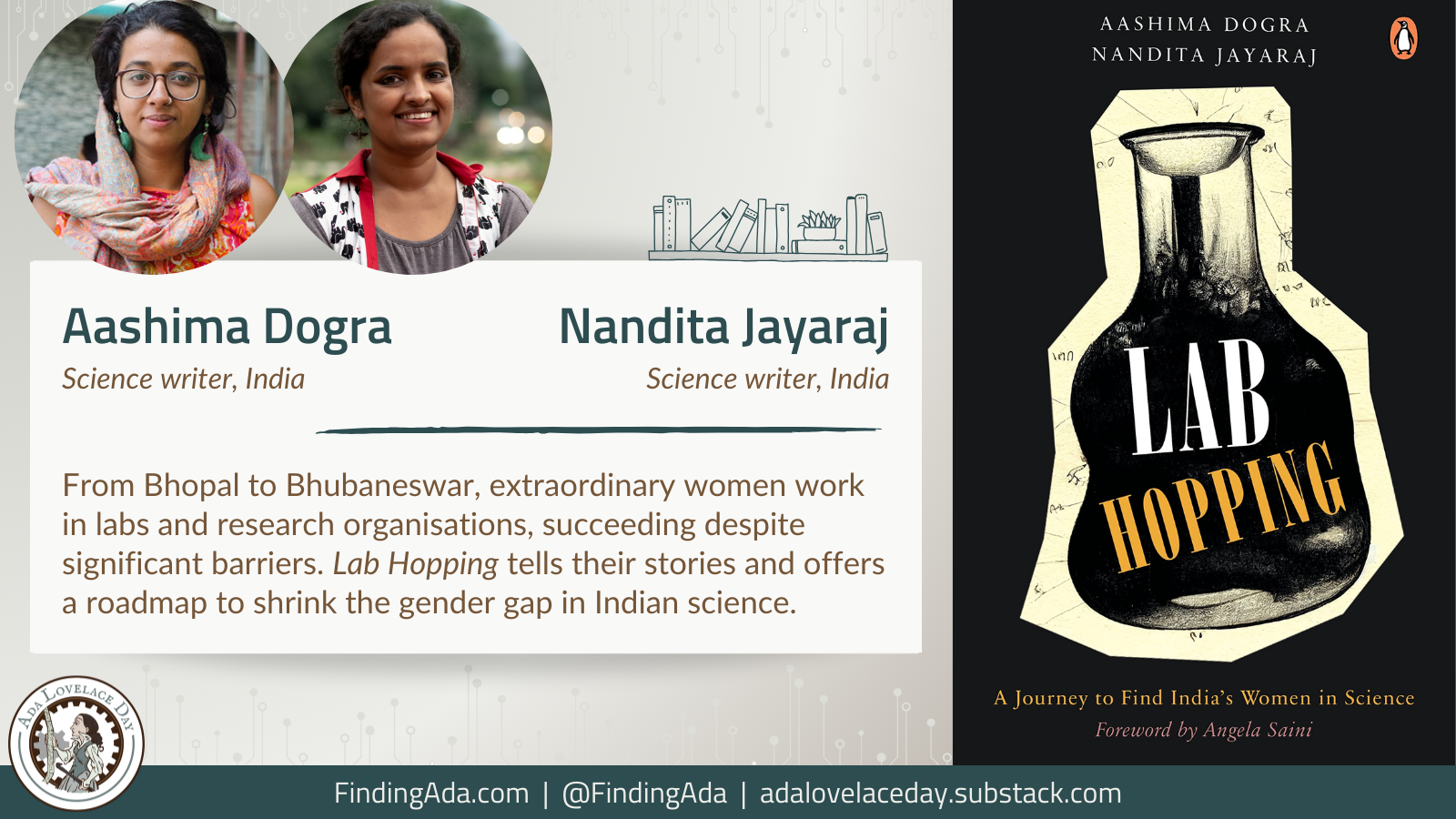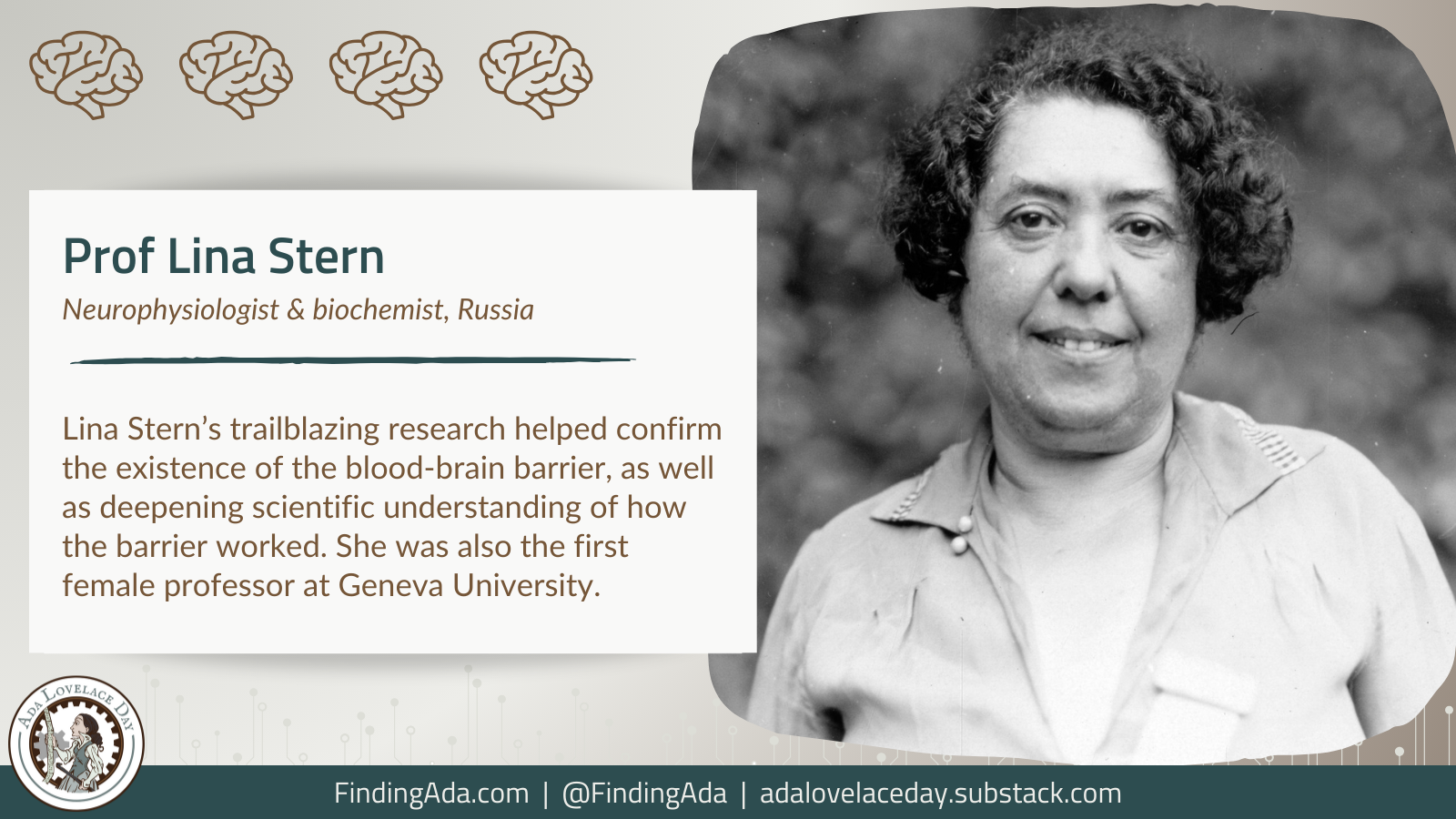Professor Asima Chatterjee
Professor Asima Chatterjee was a pioneering organic chemist and India’s first female scientist to be awarded a doctor of science degree. Her work helped develop drugs that treat epilepsy and malaria, and deepened scientific understanding of how indigenous plants – particularly those from south Asia – can be used in modern medicine. Over the course of a long career, she made notable contributions in the fields of alkaloids, terpenoids, polyphenolics, and structural and mechanistic organic chemistry.
Chatterjee was born on 23 September 1917 in Kolkata, India. Her father was a chemist, academic and amateur botanist who supported her education and encouraged her interest in the medicinal properties of plants. After completing higher studies, Chaterjee pursued a masters in organic chemistry from the University of Calcutta, graduating in 1938.
She completed her doctorate in science at the University of Calcutta, working alongside academics including Sir Acharya Prafulla Chandra Ray (sometimes referred to as “the father of Indian chemistry”). While pursuing her doctorate, Chatterjee joined the women-only Lady Brabourne College to establish and lead its chemistry department. She received her PhD in 1944, becoming the first woman to do so at an Indian university, and was appointed honorary lecturer in chemistry at Calcutta University.
In 1947, Chatterjee moved to the US to undertake post-doctoral research on naturally occurring glycosides and biologically active alkaloids (at the University of Wisconsin and Caltech respectively). The latter subject became one of her lifelong intellectual preoccupations. After a year studying alkaloids at the University of Zürich, she returned to India in 1950, continuing her research into biologically active compounds in medicinal plants.
Routinely struggling to secure funding for her work at the University of Calcutta, Chatterjee often poured her own money into her research. The investment paid off. She successfully developed drugs that were patented by the Indian government, notably the anti-epileptic drug Ayush-56 (which used chemicals from a species of aquatic fern) and the antimalarial medication Ayush-64, which was made from plants including the blackboard tree and swertia chirayita herb.
Chatterjee also studied cancer and anti-cancer growth drugs, investigating how alkaloids could be used in chemotherapy. One breakthrough came with her work on vinca alkaloids from the Madagascar periwinkle plant, which can help slow down some cancer cells by preventing them from duplicating.
Over the course of her career, Chatterjee published around 400 papers in national and international journals. She held the coveted post of Khaira Professor of Chemistry at the University of Calcutta from 1962 to 1982, and became the first female General President of the Indian Science Congress Association in 1975. In recognition of her outstanding contribution to science, President Neelam Sanjiva Reddy nominated her as a member of the Rajya Sabha – the upper house of the Indian parliament – in 1982.
By 2003, Chatterjee had achieved her longstanding dream of establishing an institute for the research and development of Ayurvedic medicines based on Indian plants (the Regional Research Institute in Kolkata, now the Central Ayurveda Research Institute). She died on 22 November 2006, aged 89.
Her many awards included the Shanti Swarup Bhatnagar Award in chemical science – of which she became the first female recipient in 1961 – and the Padma Bhushan, India’s third-highest civilian honour.
Further Reading
- Asima Chatterjee, Wikipedia
- Women Scientists of India: Dr. Asima Chatterjee, Indian Academy of Sciences, Google Arts & Culture
- Asima Chatterjee – Pioneer of Her Time, Vera Koester, ChemistryViews, 23 September 2022
- Asima Chatterjee 100th birthday: Who was India’s first female scientist to be awarded a PhD?, Fiona Keating, Independent, 23 September 2017
- A Tribute to Prof. Asima Chatterjee, Shibnath Ghosal, Archive for Organic Chemistry, 8 April 2003
Written by Moya Crockett, with thanks to Stylist for their support.




